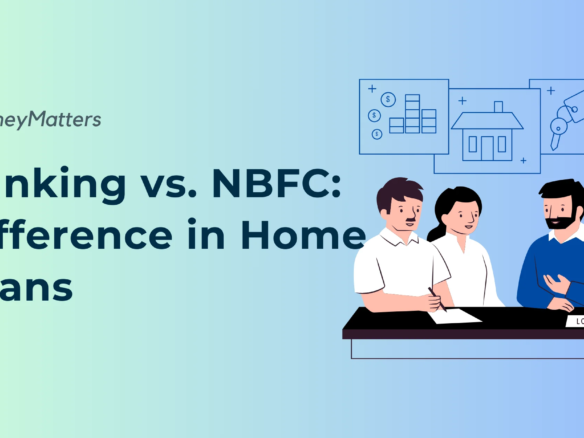Banks and housing finance companies (HFCs) have been able to offer home loans at rates starting from 6.75-6.9 percent a year. Existing home loan borrowers servicing their home loans at much higher interest rates may consider home loan transfer to other lenders at lower interest rates and/or better service terms. However, the decision of existing home loan transfer to another lender has to be a well-thought-out one after considering some key factors.
Overall savings in interest cost
In most cases, the primary objective behind opting for a home loan transfer is reduction in the overall interest cost on the outstanding home loan amount. Availing the balance transfer option is especially helpful for existing borrowers who initially took the loan at higher interest and are now eligible for a much lower rates owing to their improved credit profiles. The lower interest rate availed on exercising home loan balance transfer (HLBT) results in reduced overall interest pay-out on your existing home loan, without impacting your liquidity and existing investments.
However, before switching to another lender, remember that your balance transfer request will be considered as fresh home loan application by the new lender and, hence, attract processing fee, administrative and other charges levied at the time of processing of new home loan applications. This makes it crucial for you to calculate the overall savings in interest cost after factoring in such charges. Go ahead with the balance transfer option only if the overall interest saving is significant enough after factoring in the costs involved.
Read about tips on how to close your home loan early
Additionally, while opting for HLBT, borrowers can consider the home loan overdraft option, a home loan variant, if offered by the new lender. In this option, an overdraft account in the form of a savings or current account is opened and linked with the home loan account. The borrowers can deposit their surplus funds in the overdraft account and later withdraw from it in case of urgent needs. The balance of this overdraft account is deducted from the outstanding loan amount while calculating the interest component, which will further reduce the interest cost. This home loan variant allows borrowers to avail the benefit of making prepayments while conserving their liquidity.
Scope of renegotiation with existing lender
Before applying for a home loan transfer, try to negotiate with your existing lender regarding the interest rate and/or other terms and considerations. If your existing lender refuses to accept your request for reducing the interest rate and/or providing better terms of service, you can go ahead with switching your lender by opting for HLBT. Keep in mind that when you apply for balance transfer, the new institution would impose its own set of terms and conditions on the transferred loan. Before you finalize the new terms, you can also use the balance transfer to either avail a larger loan amount in the form of top-up loan, or reset your loan tenure.
Get your home interiors done now!
Balance home loan transfer in the initial years of the loan tenure will help you save substantially on the interest pay-out. And while doing so, you should avoid extending your loan tenure. This is so because borrowers, usually, pay the majority of the interest component during the initial years of their loan, thus, a home loan balance transfer won’t lead to big saving, if you go for a higher tenure again. Keeping the new tenure same as the remaining tenure of the existing home loan will save you from extra interest payment.



